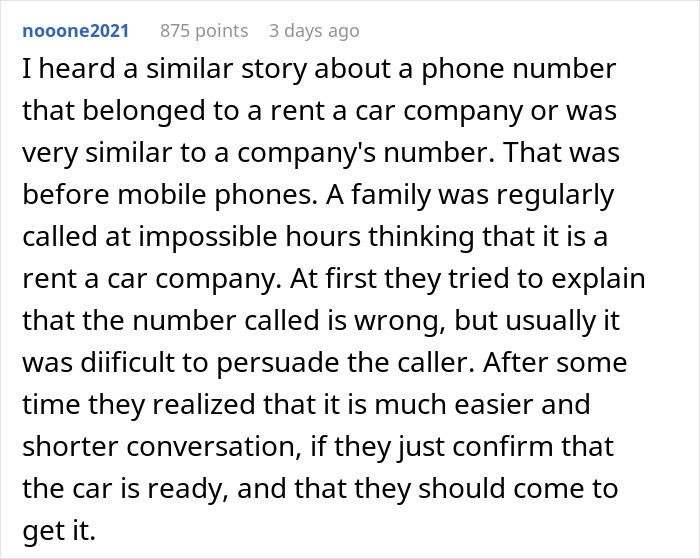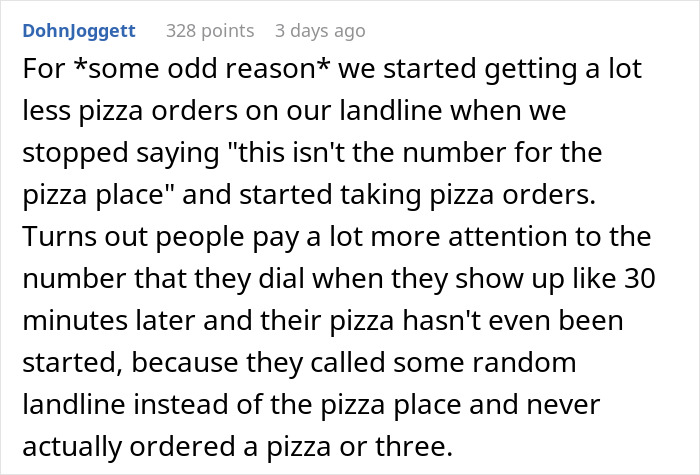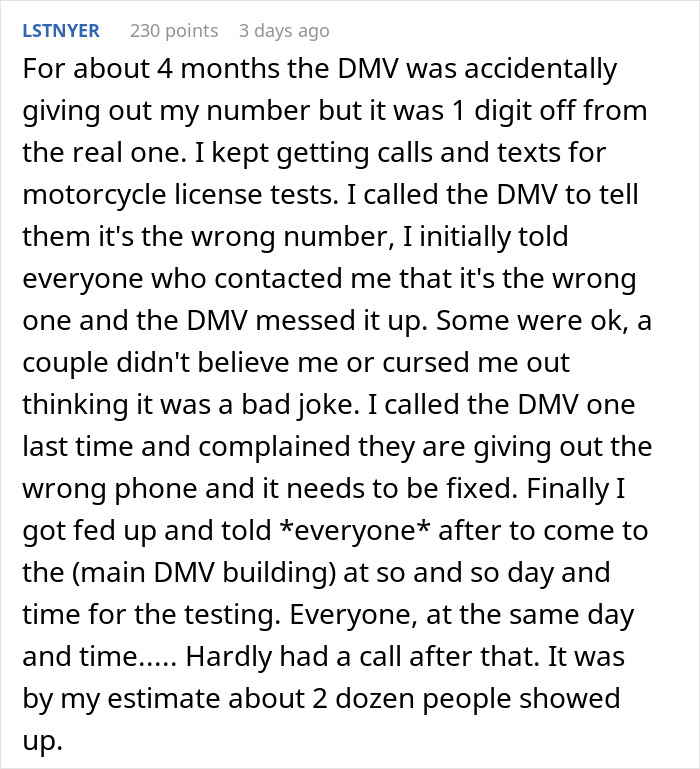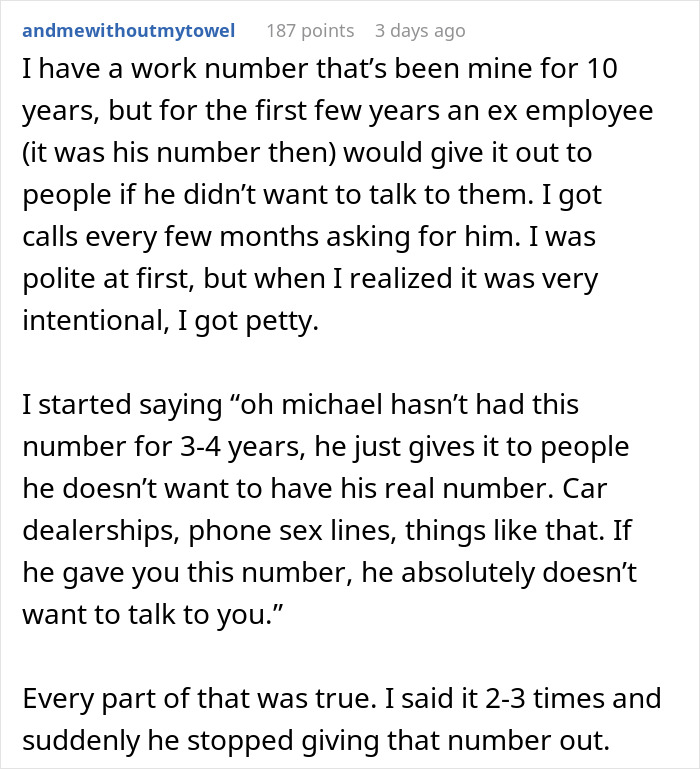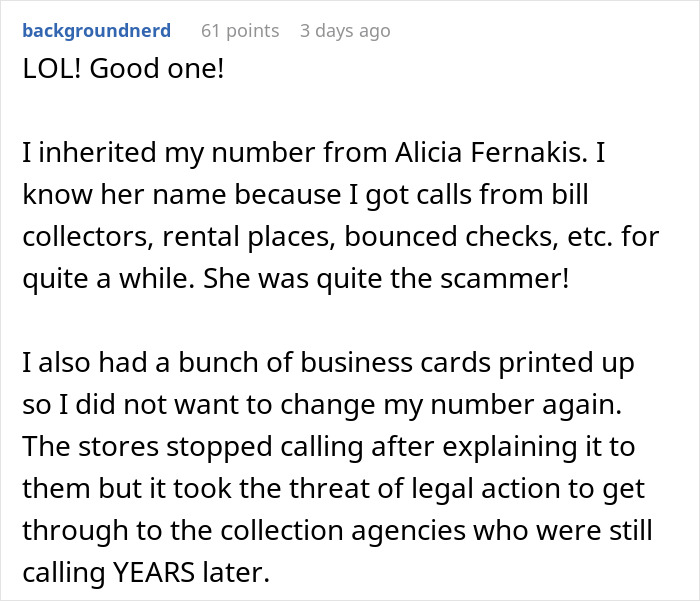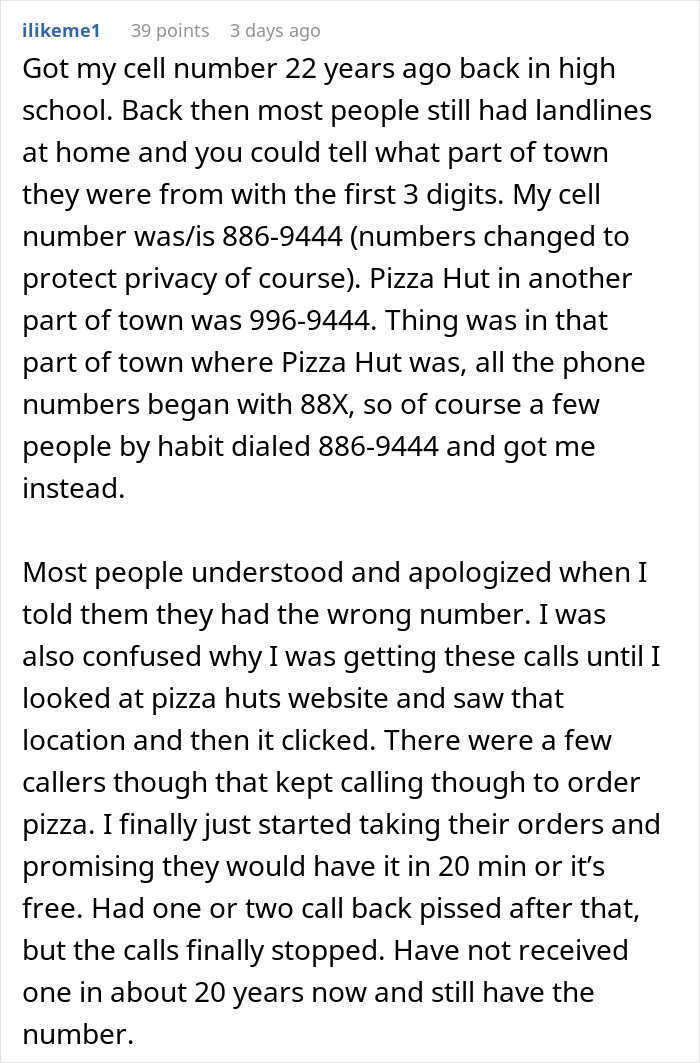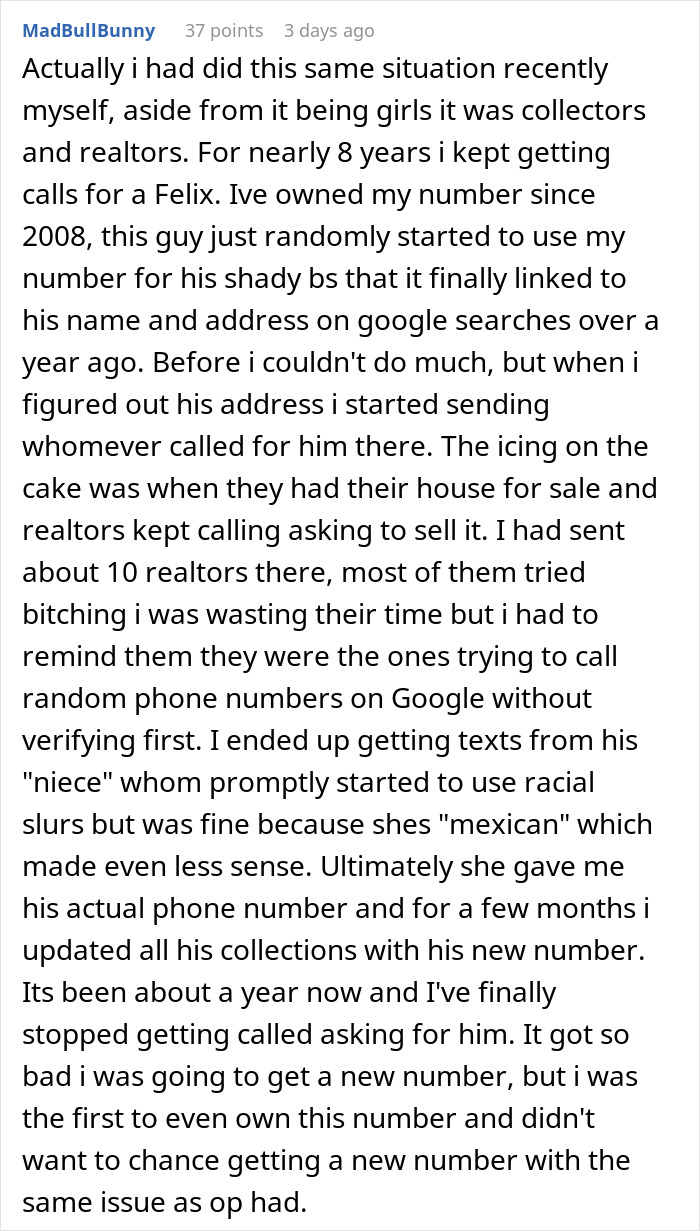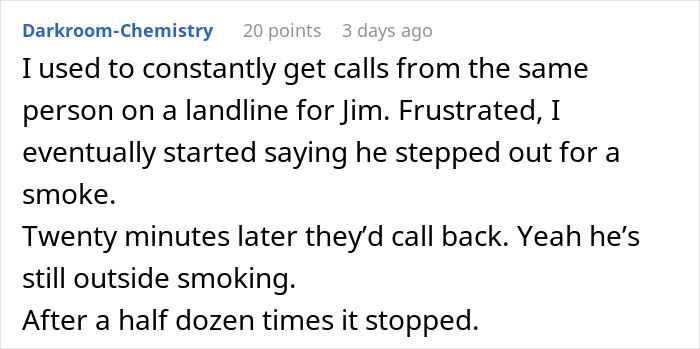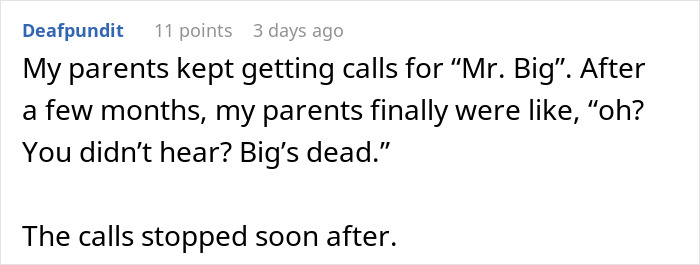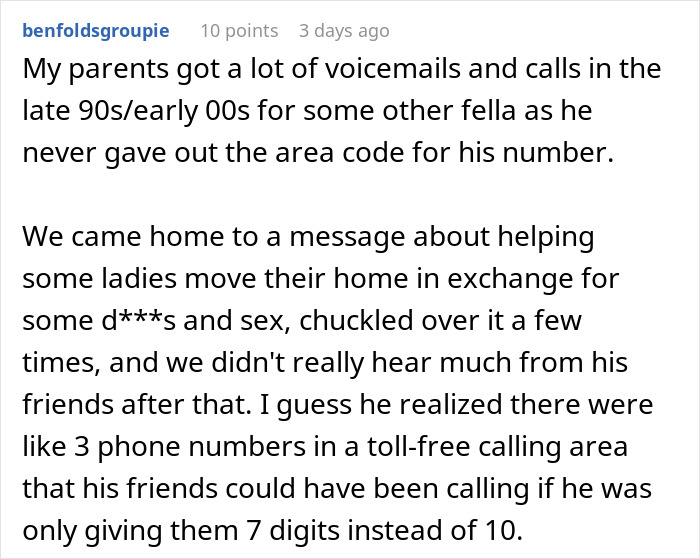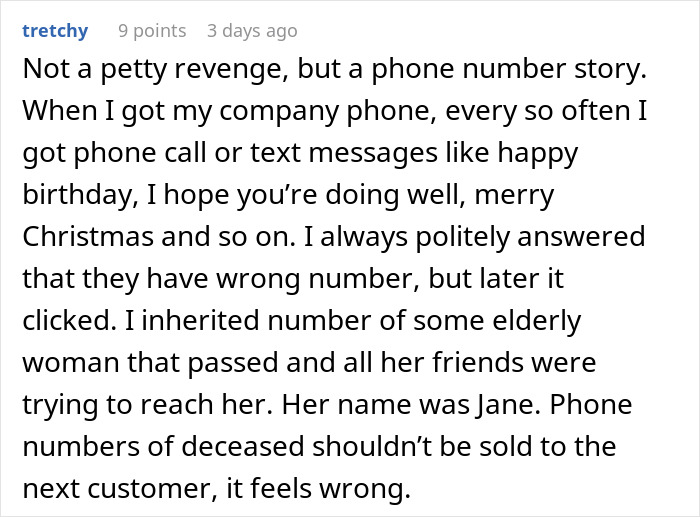Almost everyone has a phone nowadays, high schoolers especially. In fact, there are more mobile phones than people in the world. However, one thing has changed in the last decade. We no longer identify people by their phone numbers. We communicate through apps and social media, so things like giving out your number can seem like a thing of the past.
This story from 2012 entails a fun mishap about the times when people used to change their phone numbers and a person could have ended up with someone else’s old number. When it happened to this person and hordes of girls kept texting them every day, they decided it was enough. So, they came up with a revenge plan, and they shared their success story with people online.
One person became the new owner of a popular kid’s old number and would get texts from unrelenting high school girls

Image credits: ArtemVarnitsin (Not the actual photo)
So, they decided to prank them and get revenge on the dude who was still giving out his old number
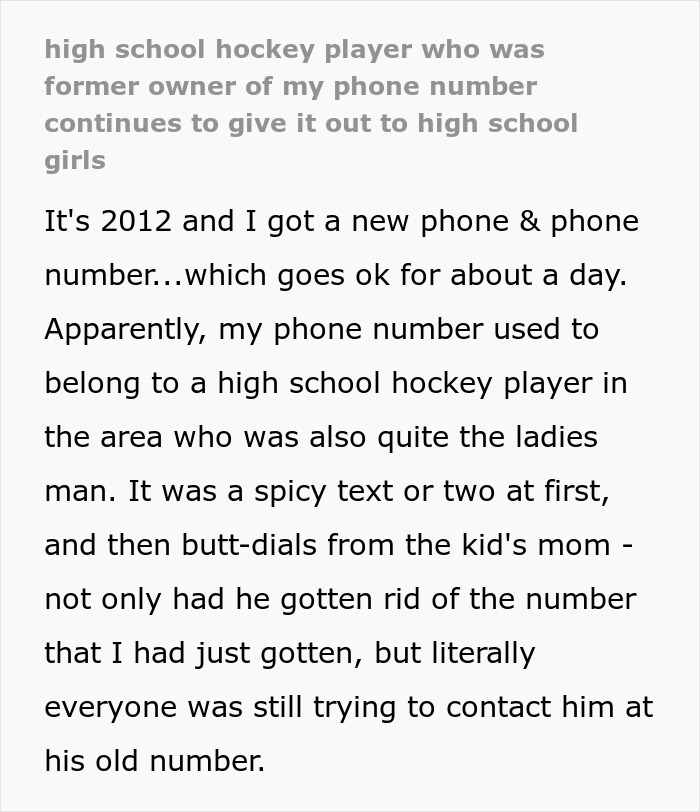
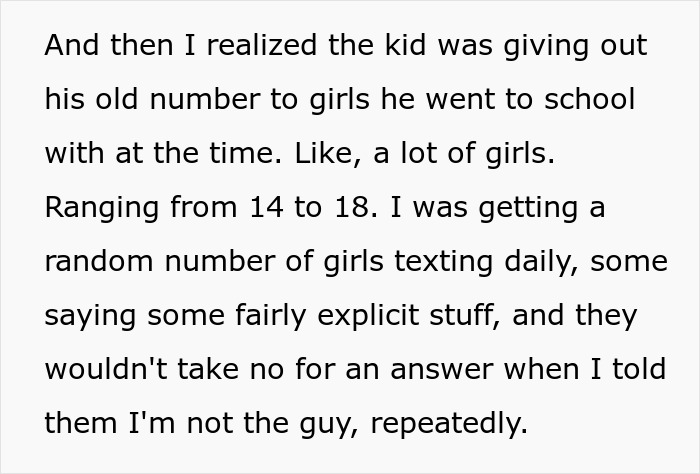

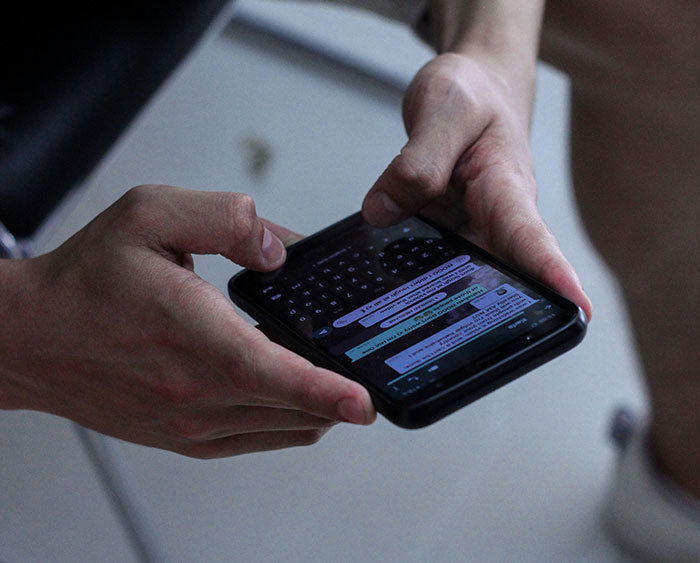
Image credits: Asterfolio (Not the actual photo)
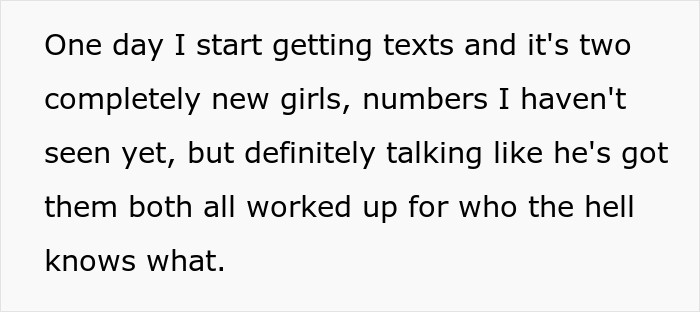
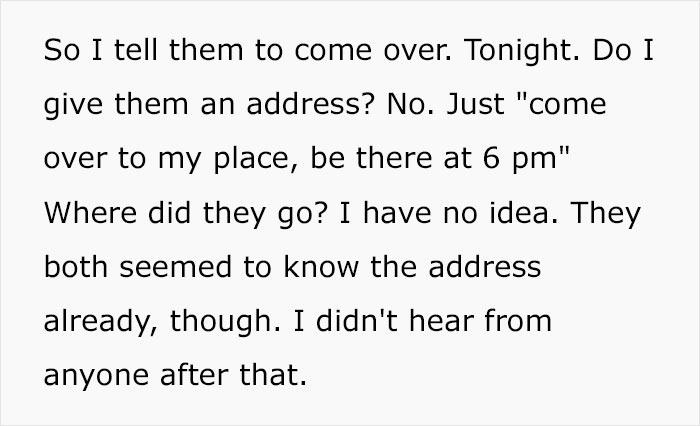
Image credits: Steeltoe_0nesie
Mobile phone service providers recycle numbers to prevent ‘number exhaustion’
If you’ve ever had to change your phone number, you’re probably familiar with the hassle. You have to inform all your contacts that you’re no longer reachable on the old one and let them know the new one. You also have to update your contact information on lots of websites and apps.
Other times, people start getting random calls and texts from people they don’t know. Just like in this story. That’s actually a pretty common occurrence if you’ve ever had to get a new phone number. And it happens because phone numbers actually get recycled. According to the FCC, providers recycle around 100k numbers a day. That’s almost 35 million each year.
So, it’s no surprise that people can end up with someone else’s number, and that someone else might be a person they know. Telecoms deactivate or disconnect a number when a customer no longer uses their services. Then, they reactivate it and reassign it to a new customer.
Providers do this because there is a finite number of possible phone number sequences. Also, the number of customers grows every year. So, telecoms opt to reassign old numbers to new customers.
The period of time between the old and the new owner depends on the provider. UK telecom provider O2, for example, waits 12 months until they recycle an old number. Telesign claims it can take as little as 90 days, and in areas like Manhattan or Los Angeles, where demand is extra high, it’s often even faster.

Image credits: Oyemike Princewill (Not the actual photo)
Number recycling poses security risks for customers
No matter how much time passes between you deactivating your number and getting a new one, experts say that people who have had their phone number reassigned should be aware of the privacy risks number recycling poses.
In 2021, researchers at Princeton University sampled 259 phone numbers. 219 of those were recycled, they found. The most worrying revelation they made was that people’s personally identifiable information (PII) was available after their old numbers were recycled.
Out of the 259 numbers the researchers sampled, 171 were vulnerable to account hijacking on sites like Amazon, Facebook, Google, PayPal, and Yahoo. 100 numbers appeared in leaks online, rendering two-factor identification virtually ineffective.
However, these aren’t the only privacy and safety threats number recycling poses. New number owners might become victims of phishing attacks, get harassed with spam messages and calls, or even fall victim to online account hijackings. The previous owners of the number can also face safety issues, especially if they changed their number to avoid stalkers and abusers.
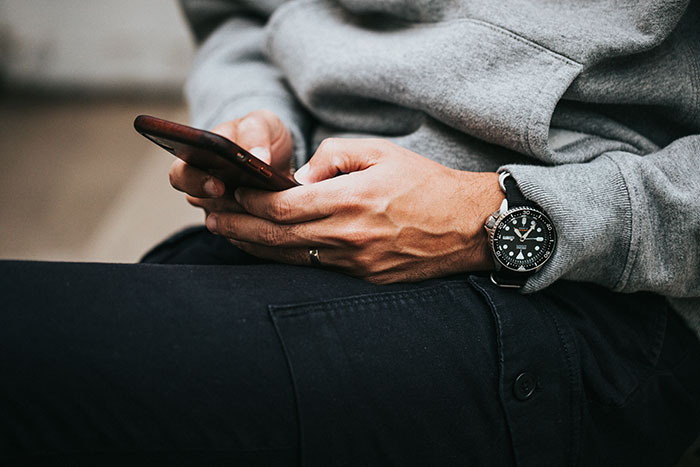
Image credits: Nathan Dumlao (Not the actual photo)
The author clarified some things in the comments
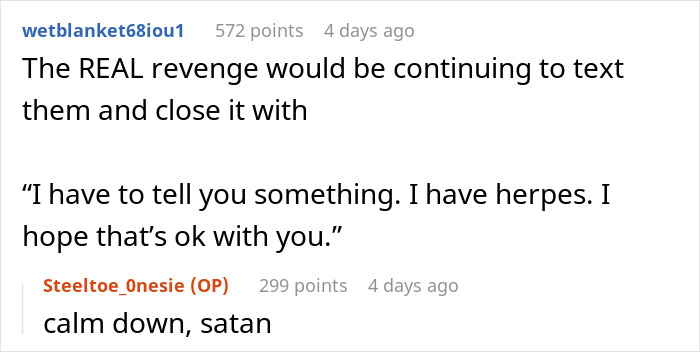

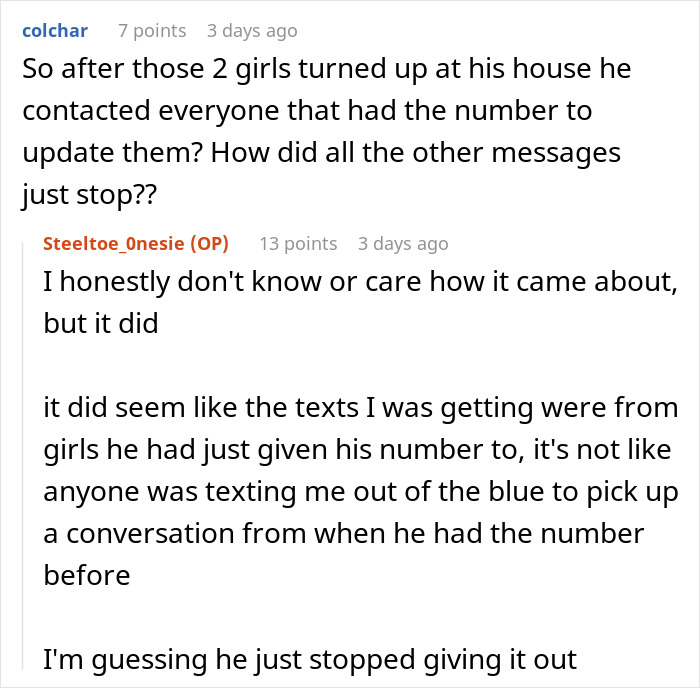

People congratulated the person on their whimsical revenge and shared their adventures of getting random phone calls




